Anyone who loves good food knows how to find their way to France. On the French Atlantic coast, from La Baule to Hendaye, French cuisine is at its best and features many regional specialities. Now that the next trip is taking a little longer, we present you with these six local specialties that bring the French 'savoir vivre' to your home.
Where the salt grows
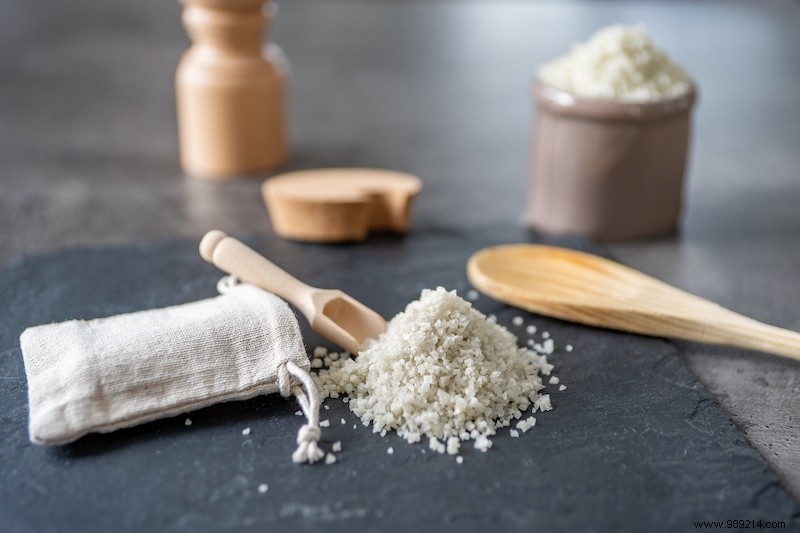
The salt marshes of the medieval city of Guérande resemble a mosaic of more than 2,000 hectares. Its history goes back to the Iron Age, when white gold was already mined here. The action of nature – the influx of seawater into the numerous channels and basins, the rays of the sun and the influence of the wind – creates the famous salt. This is meticulously harvested by hand. In the local cuisine, the salt refines both sweet and savory dishes and is also the main ingredient of the salty caramels. The history of salt is told in the Maison des Paludiers in Guérande and in the Musée des Marais Salants in Batz-sur-Mer. The Terre de Sel in Guérande offers visitors a guided tour of the work of the salt miners.
The can of the Vendée
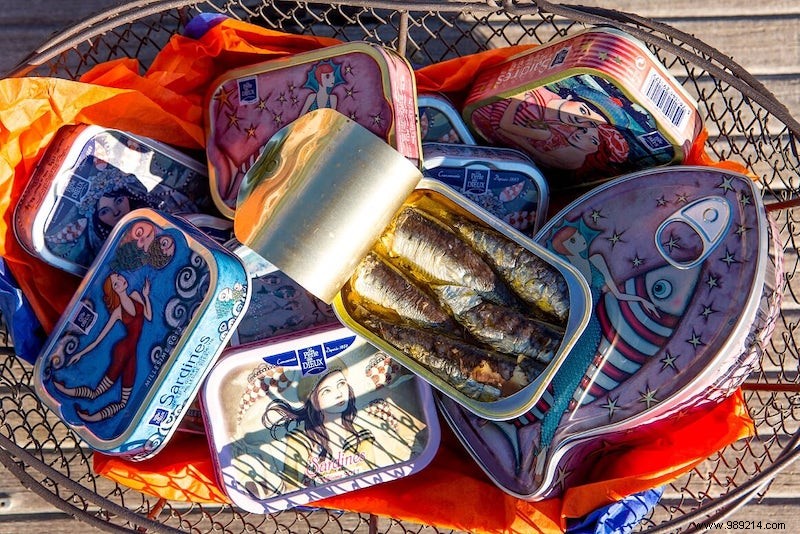
In Saint-Gilles-Croix-de-Vie, since the 17th century, a small fish of very important:the sardine is the symbol of the port city in the Vendée. Since the year 2000, the fish, belonging to the herring family, bears the Label Rouge quality mark, identifying quality food from France. When the sardine doesn't make it to the local restaurants, it is preserved in oil in cans designed by artists. There is also a sardine trail through the city:over a distance of two and a half kilometers, it leads visitors to 14 historical and cultural sardines activities. As a carpaccio, on the grill, in soup or as a terrine – the sardine comes in many varieties.
Royal wedding
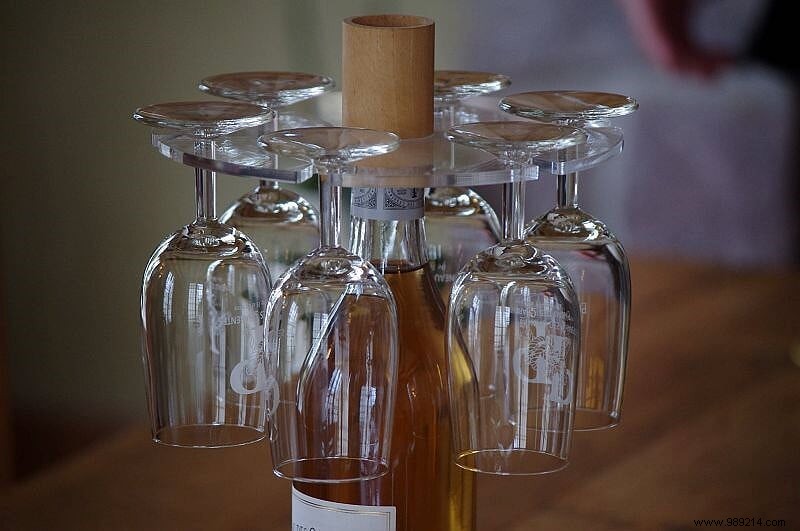
Pineau des Charentes is the first French liqueur wine whose origin is protected in 1945 by the Appellation label d'Origine Controlle. Its creation is the result of a daring marriage:fresh grape juice combined with cognac – both from the same vineyard and from the same vintage – produces a liqueur wine with a white, red or rosé garb, depending on the grape variety used. The so-called mutage makes it possible to stop the fermentation of the must and preserve the taste of the grapes. The Pineau owes its aroma to the aging in oak barrels for at least twelve months and which can last up to five or even ten years. The young Pineau des Charentes – with a shorter maturation – is a popular aperitif, often used in cocktails and harmonizes very well with melon and fruit. This older age goes well with cheese or chocolate, for example.
Spherical happiness
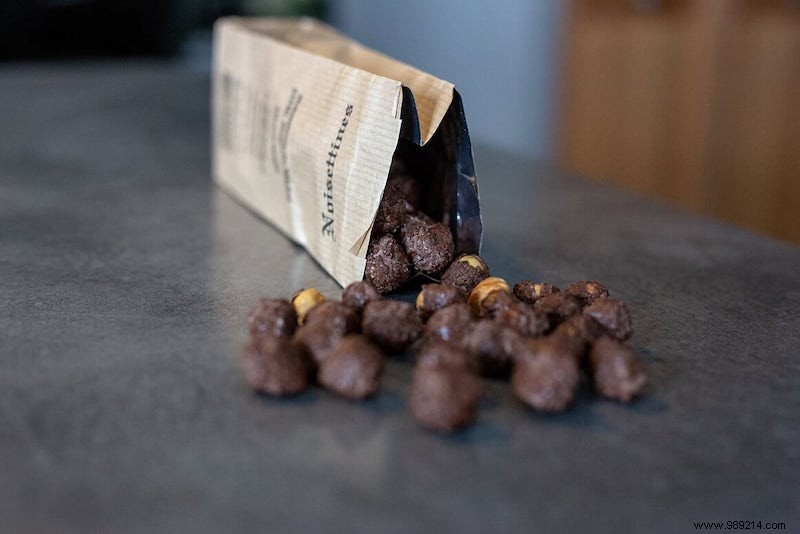
Since the late 1970s, the Noyez family has been producing a candy on an old vineyard in the village of Blaignan – a village of 500 inhabitants in the department of Gironde – now considered one of the specialties of the Bordeaux region:Noisettines du Médoc. Made primarily from high-quality hazelnuts, these sweet treats are based on a 1649 recipe passed down from generation to generation. Today, the production of Noisettines du Médoc is still by hand, but the recipe and especially the composition of the syrup in which the nuts are bathed before being caramelized to give them their typical taste, remains a family secret.
Feet in the sand
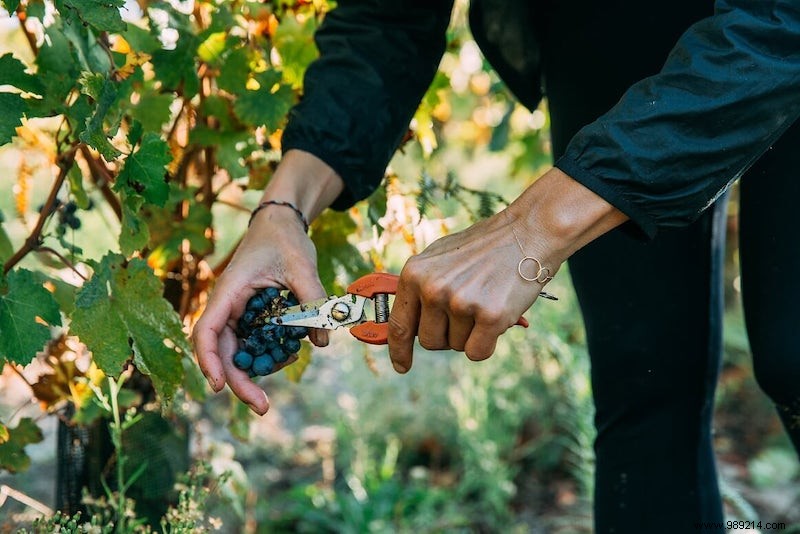
The soil makes all the difference in wine, especially in the Landes department near the Atlantic Ocean . The grapes for the organic sand wine produced here are grown in the dunes right on the coast or in the nearby sandy plains. With roots in a clay and shell substrate, the vines produce grapes for white, rosé and red country wines, characterized by a subtle salt content. The warm sand contributes to a faster ripening of the vines and the proximity to the Atlantic Ocean contributes to a balanced character. In Capbreton, the vines have been growing for over 600 years – for example on the Domaine de la Pointe estate – in a fragile ecosystem in the dunes just a few hundred meters from the ocean.
Basque spicy
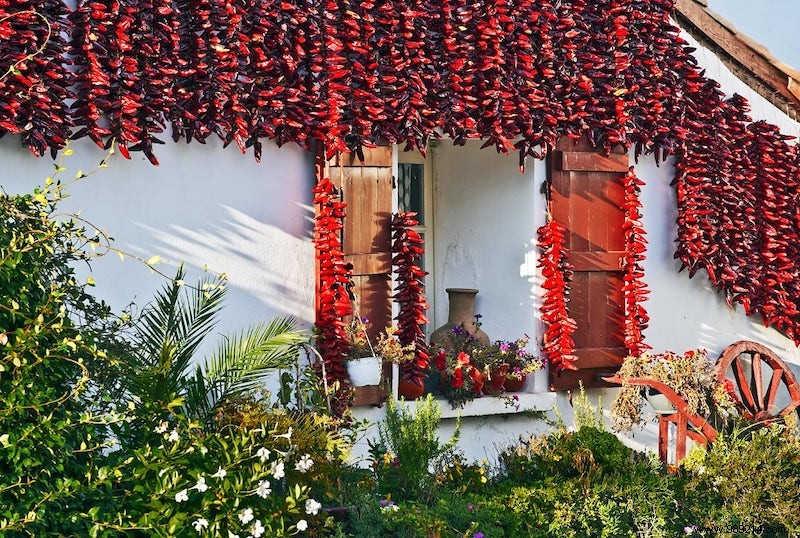
Ezpeletako biperra or Piment d'Espelette – which sounds like a magic spell – is one of the main symbols of the French Basque Country. The red, slightly hot spice is obtained from the fruits of the Gorria (a type of chili pepper), has a subtle taste and refines any meal. The spice is versatile and is used in powder form, as a jelly or in dried, thin strips and usually as a substitute for pepper. Piment d'Espelette goes very well with eggs, vegetables and fish, but also shows its full potential in desserts, for example in combination with chocolate. In September, it also adorns the white facades of the Basque houses. Suspended on ropes, the pods are dried until they turn a dark red color. In ten communes around the town of Espelette, there are about 200 producers dedicated to this Basque spice. Piment d'Espelette is the only French spice whose origin is protected by the Appellation d'Origine Protégée (AOP) label; this means that the product may only be grown here.